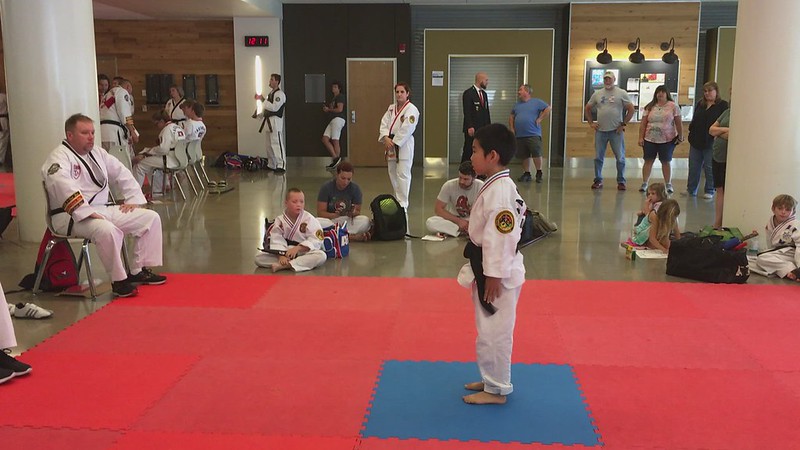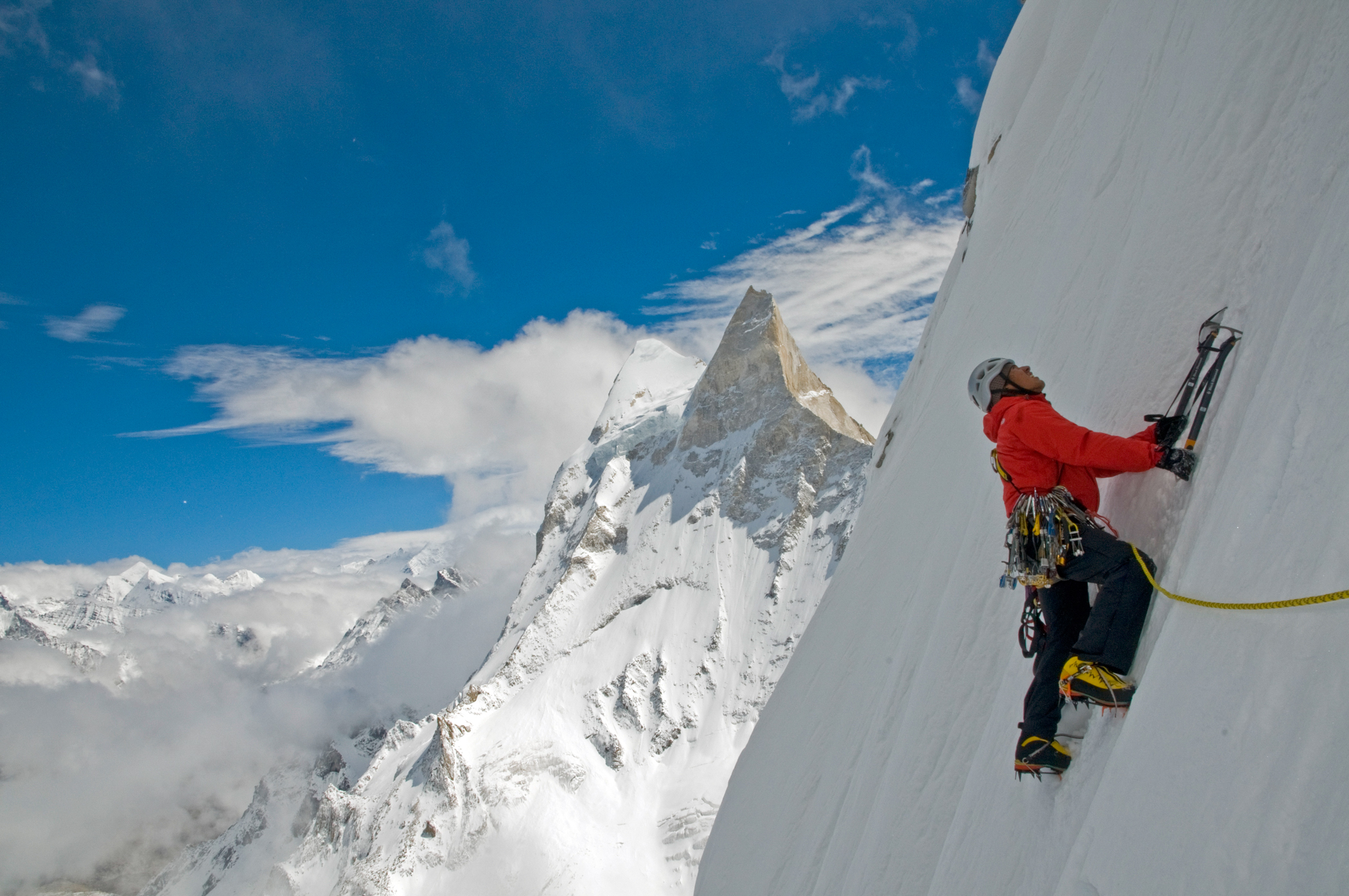 |
| Visualization prior to competition |
 |
| Saang jae baang at Kaminski's ATA Steel City Songham Classic |
 |
| Shim jun at Kaminski's ATA Steel City Songham Classic |
But here in suburban America, competition exists in other venues even without tournament dates. My son has gone through several rounds of selection within the school system. And while the intent of the selection is a good one, identifying students who can move ahead of the main group and give them the opportunity to grow a year with every year, the attitude taken by the students and families may not be so healthy. One selection that my son went through is fairly rare, but well known among ambitious families, is placed as a goal for kids to aspire to, years before the time comes for selection.
And the kids know the stakes and what it means to be one of those selected. So much that it becomes more than just parents pride in being selected, but there is a danger of elitism among the kids, and a letdown when they are not among the selected.
 |
| Pre-competition pep talk |
What makes competition good is that it is always good to be in the company of those who are good. There is a saying in many domains of expertise, if you are the best in the room, you are in the wrong room. So, for those who are who are in the ballpark, this is an opportunity to see what good really looks like and it provides something to aspire too, or to recognize there are others just as good and you can spur each other on to be better.
But, when the goal of competition is the winning, eventually, one will reach the point where the competition is better than you. And you will no longer win. Sometimes it is because you were never exposed to that level of competition before (something we see alot of in university freshmen). Sometimes it is because you have a view of your capabilities that is not based on a sober assessment. So a culture or attitude that you will always win runs into the hard reality provided by the outside world.
 |
| Post-competition bowing out |
Our goals in competing are to provide the experience in preparing for something hard where details matter, learning how to deal with pressure in the moment and being able to perform with no opportunity for correction, being exposed to quality competition, and knowing you have done your best and are continually getting better. Whether that is taekwondo, piano, math, or any other aspect of life. And experience the joy in being capable and competent.


